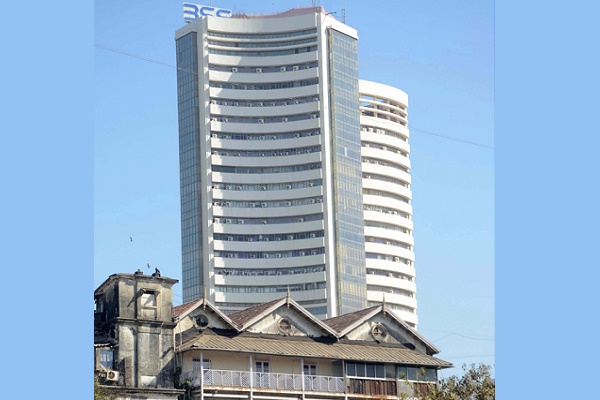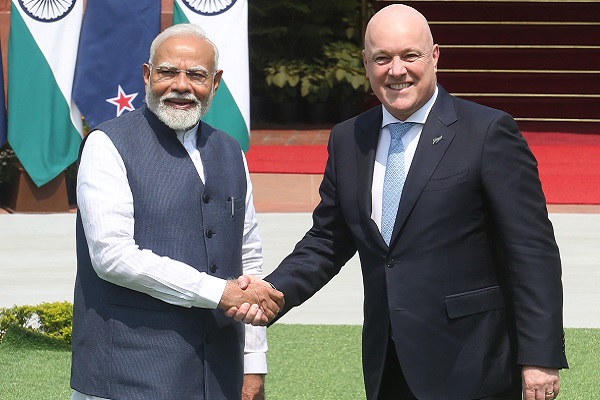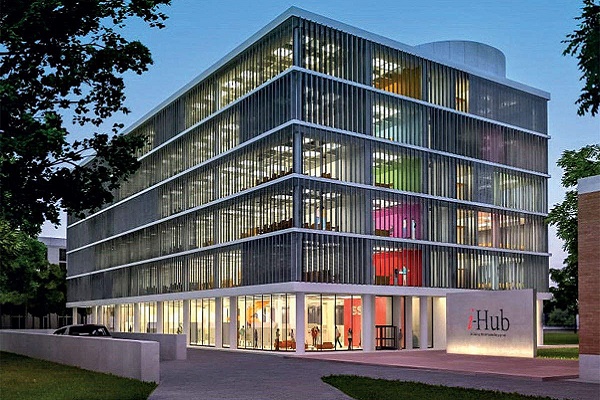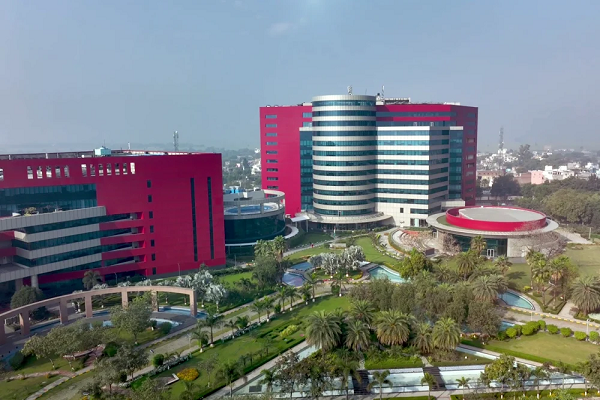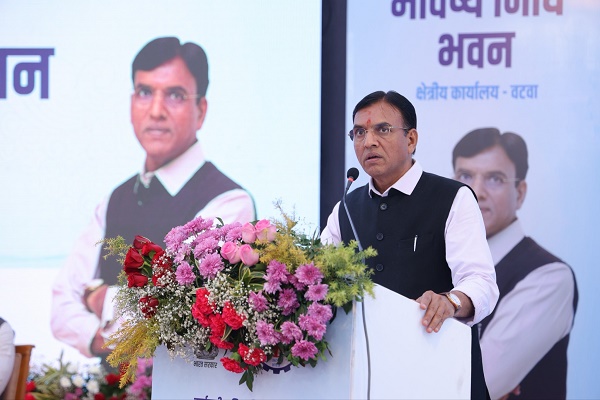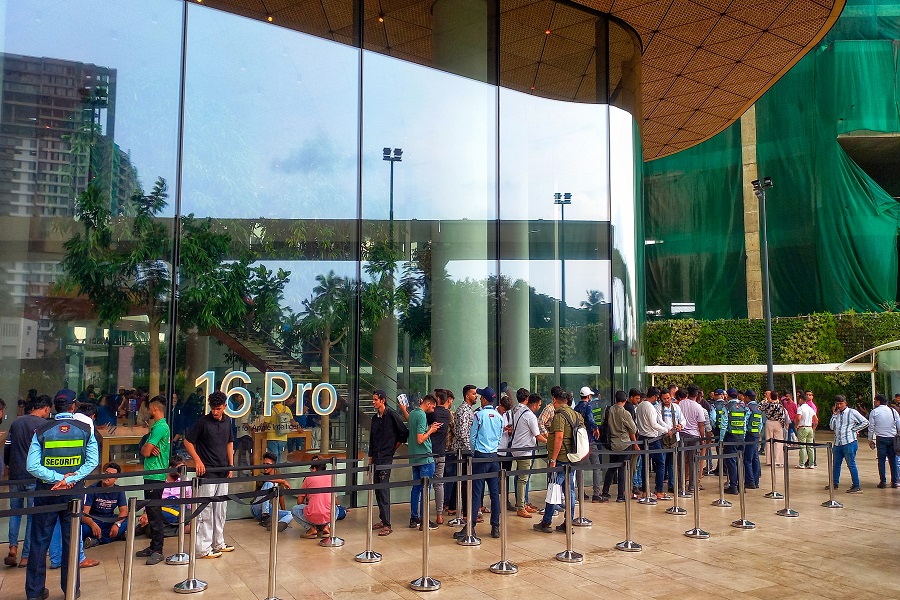Oil and Gas Sector Update - Natural gas demand: a well balanced future By Motilal Oswal
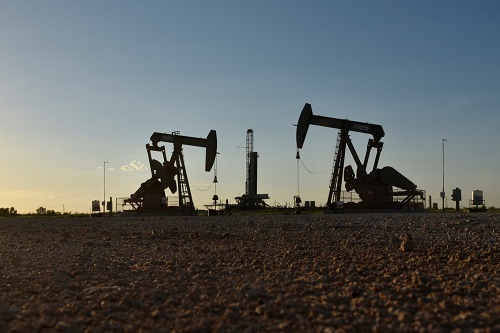
Natural gas demand: a well balanced future!
* India’s Gas market is in a sweet spot with the completion of new trunk pipelines and the increased availability of both domestic and imported gas. The availability of supply has, however, raised investor concerns over the demand-supply balance in the country.
* Our demand-supply model forecasts gas demand in India at ~220mmscmd by FY27E – implying a CAGR of ~6% over the next six years, in line with the country’s long-term CAGR. This ~6% CAGR is without considering any uptick in Power sector demand – which, with just a 10% improvement in PLF, could raise the CAGR to ~8%.
* The aforementioned growth would certainly favor transmission companies such as GUJS and GAIL. We also remain confident that PLNG would continue to perform strongly despite the new LNG terminal capacity of 15mmtpa coming up in Gujarat.
* We reiterate Buy on these stocks.
Synopsis of gas demand forecast
* Our estimates stand conservative; we assume an increase only in three key sectors: Fertilizers, Refining/Petchem, and CGDs (20–27mmscmd each).
* Fertilizers: This segment would see a jump of ~20mmsmcd in gas demand over the next few years. Demand for ~11mmscmd is expected by the end of next year with the commissioning of five fertilizer plants (Ramagundam, Matix, Sindri, Baurani, and Gorakhpur).
* Refining/Petchem: This segment is expected to generate incremental demand of ~22mmscmd – as more refiners come up on the gas grid. For our calculations, we have only assumed the capacities already under expansion.
* CGDs: This segment would generate additional demand of ~27mmscmd at a 12% CAGR over the next six years – we: a) factor in 10–12% growth for both GUJGA and IGL and b) consider the development of newer GAs awarded in the IX-X rounds.
* We do not build in volume growth from the increasing impetus by NGT to ban the use of FO/petcoke in pan-India – which, as per our study (highlighted in Industrial pollution: Next driver for gas consumption) translates to ~100mmscmd.
* Recently, nine industrial units at the Gobindgarh industrial unit of Fatehgarh Saheb District were asked to shut down by NGT. Moreover, environmental penalties were given to ~41 units for not complying with the pollution norms. According to Punjab Pollution Control Board, ~239 units in the industrial cluster use coal, only 34 of which have converted to PNG (article)
Our belief in the supply side – LNG to continue to aid growth
* Additional domestic gas production in India is estimated to peak at ~40mmscmd by the end of FY24 with the further commissioning of production wells in the KG Basin. RIL is likely to produce ~28mmscmd of gas (~12.5mmscmd has been auctioned, of which it would use ~4.8mmscmd for its own consumption at the Jamnagar complex), while the rest would come from ONGC. Notably, ONGC’s production has been delayed (production guidance at ~3.5mmscmd/8.5mmscmd in FY22/FY23).
* Thus, our gas demand forecast of ~220mmscmd by FY27E would require LNG imports of ~30msmcmd (translating to ~8mmtpa). This is without considering any decline in domestic gas production from older blocks (refer exhibit 4).
* We have not considered the potential of LNG trucking in India, which could see incremental demand of 8–10mmtpa over the next decade (as per our report). PLNG is setting up ~50ssLNG stations (MoU signed with GUJGA and IGL for 10ssLNG stations on the Mumbai–Delhi highway), which could have a potential gas offtake of 1–2mmtpa in the near term (refer to Exhibit 10/11 for more data).
* India currently has a LNG regasification capacity of ~42.5mmtpa. However, operable capacity is only ~30mmtpa (which was ~90% utilized in FY20). Operable capacity is expected to rise by ~12mmtpa due to the removal of constraints at existing LNG terminals and ~24mmtpa of capacity additions are underway at Dahej and the greenfield terminals at Chhara, Jafrabad, Dhamra, and Jaigarh over the next few years.
* PLNG has long-term tied-up contracts of ~15.75mmtpa, in addition to ~0.75mmtpa of Kochi’s Gorgon volumes to Dahej (translating to ~94% utilization at Dahej) (refer exhibit 30). Dahej is expanding further by 5mmtpa over the next five years in two phases of 2.5mmtpa each. We believe the company would be able to achieve optimal utilization rates even at a higher capacity. This is owing to its location and infrastructural leverage, along with the marketing abilities of its promoters.
* That said, we believe the terminals that lack pipeline infrastructure (refer to Exhibits 14 and 24) and firm contracts – such as Adani Mundra (currently operating at ~40% utilization rate), IOCL Ennore, PLNG Kochi (capacity constraints for Kochi–Mangalore pipeline at ~50% in near term), H-Energy Jaigarh and HPCL Charra – would operate at lower utilization rates.
GUJS to play key role in terminal connectivity…
* As discussed, the lack of pipeline connectivity would continue to bottleneck the utilization rates at the upcoming new terminal. GUJS is building three key pipelines that would enhance connectivity to terminals and aid volume growth for the company:
* The Dahej–Bhadbhut pipeline – to aid higher volumes at Dahej
* The Anjar–Chotilla or Anjar–Palanpur pipeline – to resolve the bottleneck at Mundra
* Connectivity to the Charra LNG terminal
* Furthermore, the Mehsana–Bhatinda pipeline (commissioning by July’21) would aid the evacuation of gas from these terminals outside of Gujarat.
* RIL bought ~4.8mmscmd of its own KG Basin gas (in the second auction). Various companies (such as GSPC, Essar Steel, and GSFC) procured gas in the first round of the auction of 5mmscmd. Thus, we expect substantial volumes to flow to Gujarat on the GUJS pipeline.
* We understand that the company may spend INR22b on spur lines and capacity augmentation by end-FY23 (and another ~INR18b over the next 3–4 years as capacity utilization increases from the upcoming terminals). This is against NFA of INR43b for the HP pipeline, when its tariff was decided in 2018 – hence, this would keep implied tariffs unchanged.
* GSPL India Gasnet (GUJS holds ~52%) is also executing partial stretches of Mallavaram–Bhilwara (364km). Both Mehsana–Bhatinda and Mallavaram– Bhilwara have capacity of 76–77mmscmd and would eventually enable the evacuation of gas from upcoming LNG terminals on GUJS’ gas grid.
…along with GAIL, thus bridging the gap between demand-supply
* Western India (Gujarat and Maharashtra) accounts for ~53% of the country’s total gas consumption and has ~40% of the total pipeline infrastructure. On the other hand, the Central and North Eastern regions have just 23% of the total pipeline network. Only the Dhamra LNG terminal is under construction on the Eastern coast as of date, in addition to IOCL’s Ennore terminal in Chennai; the North East region is likely to see huge gas demand from the development of new CGDs – also a focus area of the government.
* Transmission: Thus, GAIL would play an enduring role in providing last-mile connectivity to various gas consumers in other parts of India.
* Trading: ~11mmscmd of near-term demand from fertilizer companies is expected to alleviate concerns related to the placement of US HH contracts.
* As highlighted in Exhibit 7, there are various constraints related to displacing other fuels by gas, such as: a) the availability of infrastructure and natural gas, b) the lack of long-term contracts, c) shifting the consumer mindset to favor gas – all of which are being addressed by the government and companies in the current scheme of things. This would result in an upside risk to our conservative demand assumptions.
* Also, as per Shell, the global LNG market is likely to be in a glut up to 2030, ensuring a cap on spot LNG prices (refer to Exhibit 13). Qatar plans to increase its gas production to 126mmtpa by 2027 (from 77mmtpa) – translating to ~175mmscmd, India’s current gas consumption.
To Read Complete Report & Disclaimer Click Here
For More Motilal Oswal Securities Ltd Disclaimer http://www.motilaloswal.com/MOSLdisclaimer/disclaimer.html SEBI Registration number is INH000000412
Above views are of the author and not of the website kindly read disclaimer

